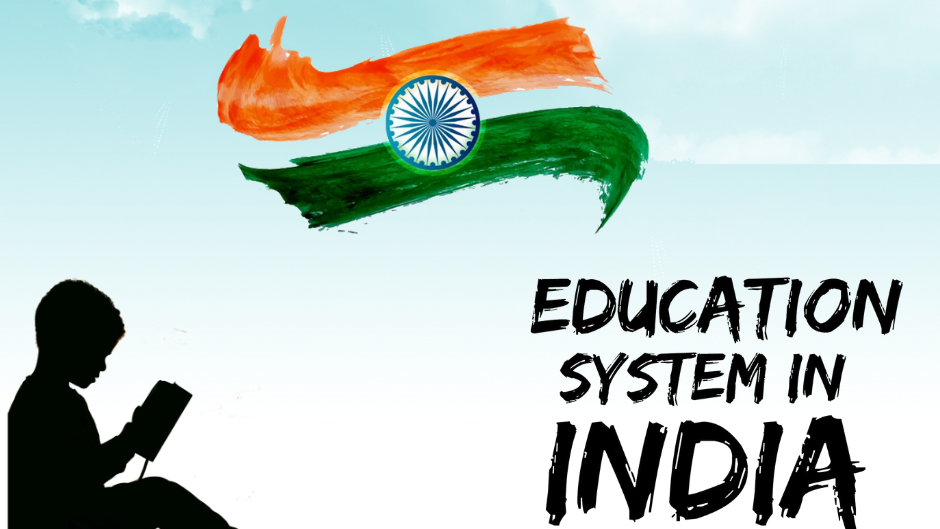Education system
has always held a central place in Indian culture, seen as a key to both individual growth and national development. From the ancient Gurukul system to the globally renowned universities of Nalanda and Takshashila, India’s approach to learning has gone through profound changes. Today, the country has one of the most extensive and varied educational frameworks in the world. Despite notable advancements, the Indian education sector remains on a path of reform, grappling with multiple challenges and vast untapped opportunities.
Tracing the Roots of Indian Education
India’s legacy in education dates back thousands of years. The earliest learning centers, such as Nalanda, Takshashila, and Vikramashila, were respected worldwide. These institutions attracted scholars from far and wide who studied subjects ranging from logic and medicine to astronomy and governance. At that time, education was largely oral and restricted to a select few, often conducted in forest hermitages by learned sages.
During British colonial rule, a more structured and formal educational framework emerged. English was introduced as the primary language of instruction, and subjects like history, science, and arithmetic became staples in classrooms. Though primarily designed to serve the needs of the British administration, this system laid the groundwork for modern Indian education.
Structure of the Current Education System in India
India’s formal education system typically follows a 10+2+3 model:
- 10 years of foundational (elementary and secondary levels)
- 2 years of higher secondary
- 3 years of undergraduate studies (for most courses)
This structure operates under the oversight of several key organizations:
- Ministry of Education
- CBSE
- ICSE
- State Education Boards
- UGC (University Grants Commission)
In addition, premier institutions such as the IITs, IIMs, and NITs have gained global recognition for their academic excellence.
Key Strengths of Indian Education system
- Strong Academic Base
A focus on core subjects such as science, mathematics, and computing provides Indian students with a solid theoretical foundation. This rigorous training helps them excel in both national and international academic arenas. - Wide Range of Academic Choices
With options spanning arts, science, commerce, and vocational training, students in India have the flexibility to follow diverse educational and career paths. The expansion of online learning platforms has further enhanced accessibility and variety. - Emphasis on Competitive Examinations
Examinations like JEE, NEET, UPSC, and CAT are known for their difficulty, pushing students to strive for excellence and raising academic standards nationwide.
Persistent Challenges in Indian Education system
- Disparities in Access and Quality
There is a clear contrast between urban and rural education standards. While city-based private schools often offer advanced resources, many rural schools face shortages in infrastructure, qualified educators, and digital tools. - Obsolete Teaching Methods
A dependence on rote memorization continues in many schools. This approach hinders creativity and critical thinking, which are essential for modern learning and problem-solving. - Mental Health Pressures
High expectations and academic stress, especially around board exams and entrance tests, often lead to anxiety and mental health concerns among students. A more compassionate and holistic approach is urgently needed. - Inconsistent Quality in Higher Qualification
Despite having some top-tier institutions, the overall standard of higher education varies greatly. A disconnect between academic learning and industry requirements results in many graduates lacking job-ready skills.
Reforms and the Path Ahead
One of the most significant changes in recent years is the National Education Policy (NEP) 2020, which aims to transform the entire education landscape by:
- Encouraging interdisciplinary and flexible learning
- Promoting instruction in local languages until Grade 5
- Introducing experiential and skill-based teaching methods
- Expanding vocational training from early grades
- Standardizing entrance assessments through a National Testing Agency (NTA)
- Leveraging digital platforms like DIKSHA and SWAYAM to reach underserved communities
These reforms focus on cultivating not just employable graduates, but also curious, capable, and well-rounded individuals.
The Growing Role of Technology
The COVID-19 pandemic dramatically accelerated the adoption of digital learning. Schools and universities adapted by offering online classes, digital textbooks, and virtual learning environments. Ed-tech companies such as Byju’s, Vedantu, and Unacademy are reshaping how students engage with educational content.
However, the rapid digital shift has exposed inequalities. Many students, particularly in rural areas, lack access to devices and reliable internet, emphasizing the need for inclusive and robust digital infrastructure.
Conclusion
India’s education system is standing at a turning point. From its roots in ancient wisdom to its embrace of digital innovation, the evolution has been complex and dynamic. With thoughtful policy implementation, investment in infrastructure, and a modern outlook on teaching and learning, India has the potential to build an educational ecosystem that is equitable, forward-thinking, and globally competitive.
Education must go beyond grades—it should inspire, empower, and equip students to navigate life’s challenges and contribute meaningfully to society. As India marches ahead, a revitalized education system will be one of its strongest pillars for long-term progress.
